
Robert Eggers’ upcoming Nosferatu remake stands as a tribute to the rich legacy of gothic horror. One notable homage to the classic 1922 film, Nosferatu: A Symphony of Horror, can be found in Knock’s exclamation, “The blood is the life!” —a direct reference to his counterpart in the original, who similarly declares, “Blood is life!” This phrase is steeped in both literary and cultural significance, shedding light on the terror depicted in vampire tales throughout history.
Understanding Knock’s “The Blood Is The Life”Quote in Nosferatu
The Infamous Pigeon Scene
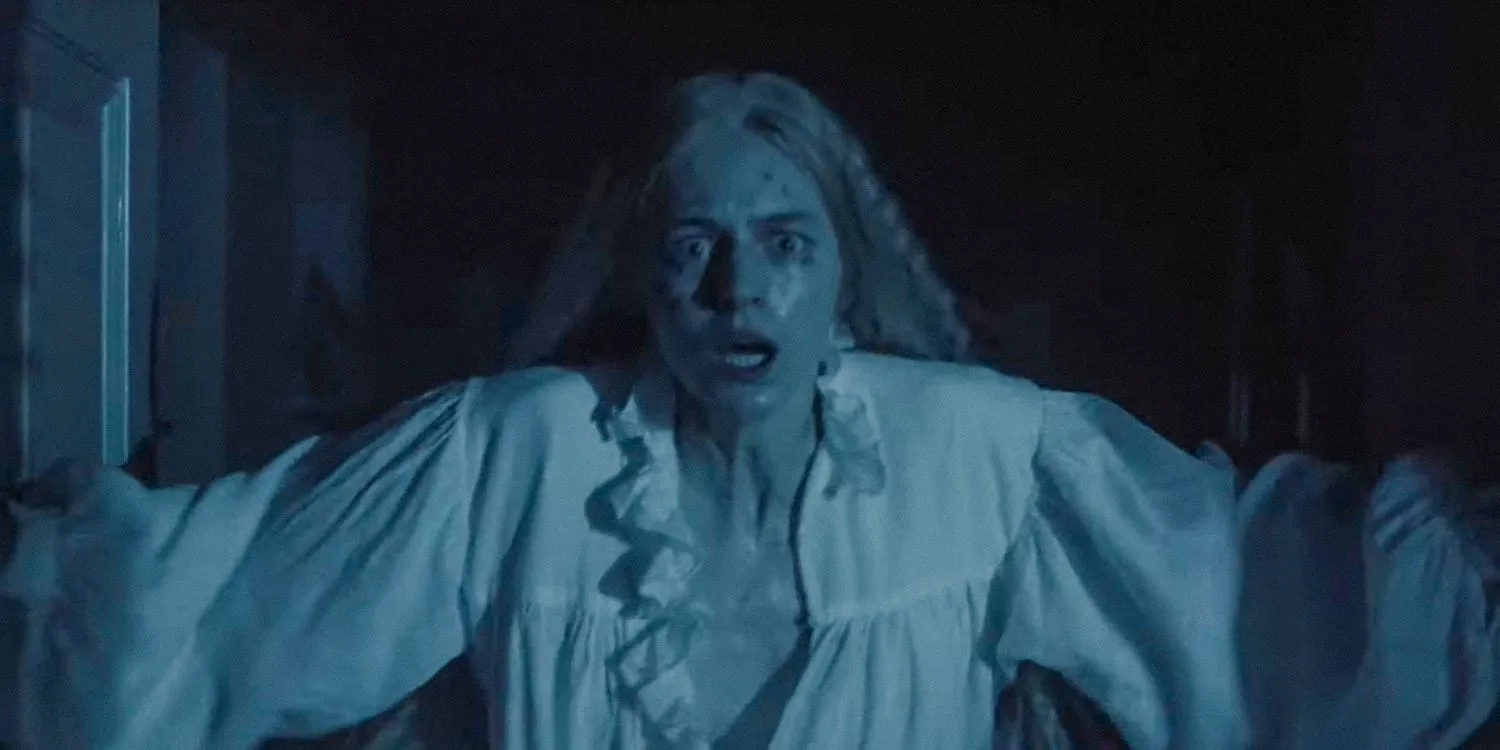
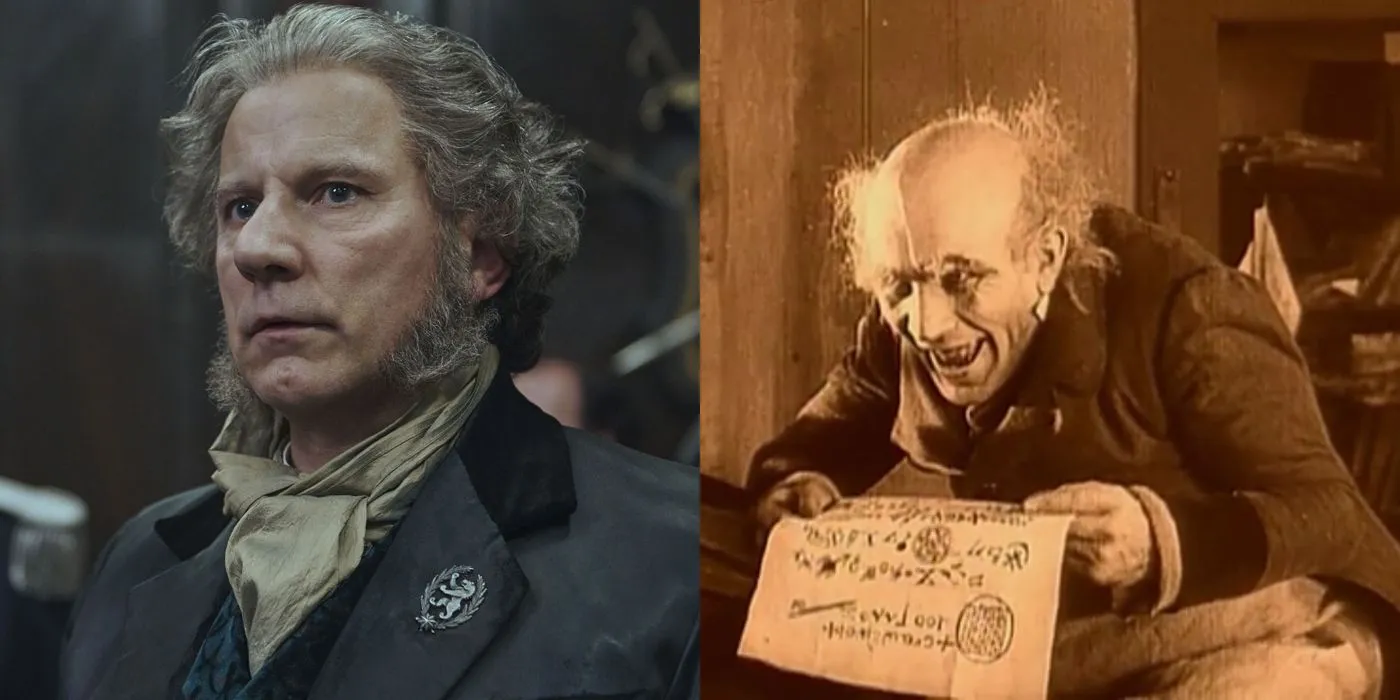
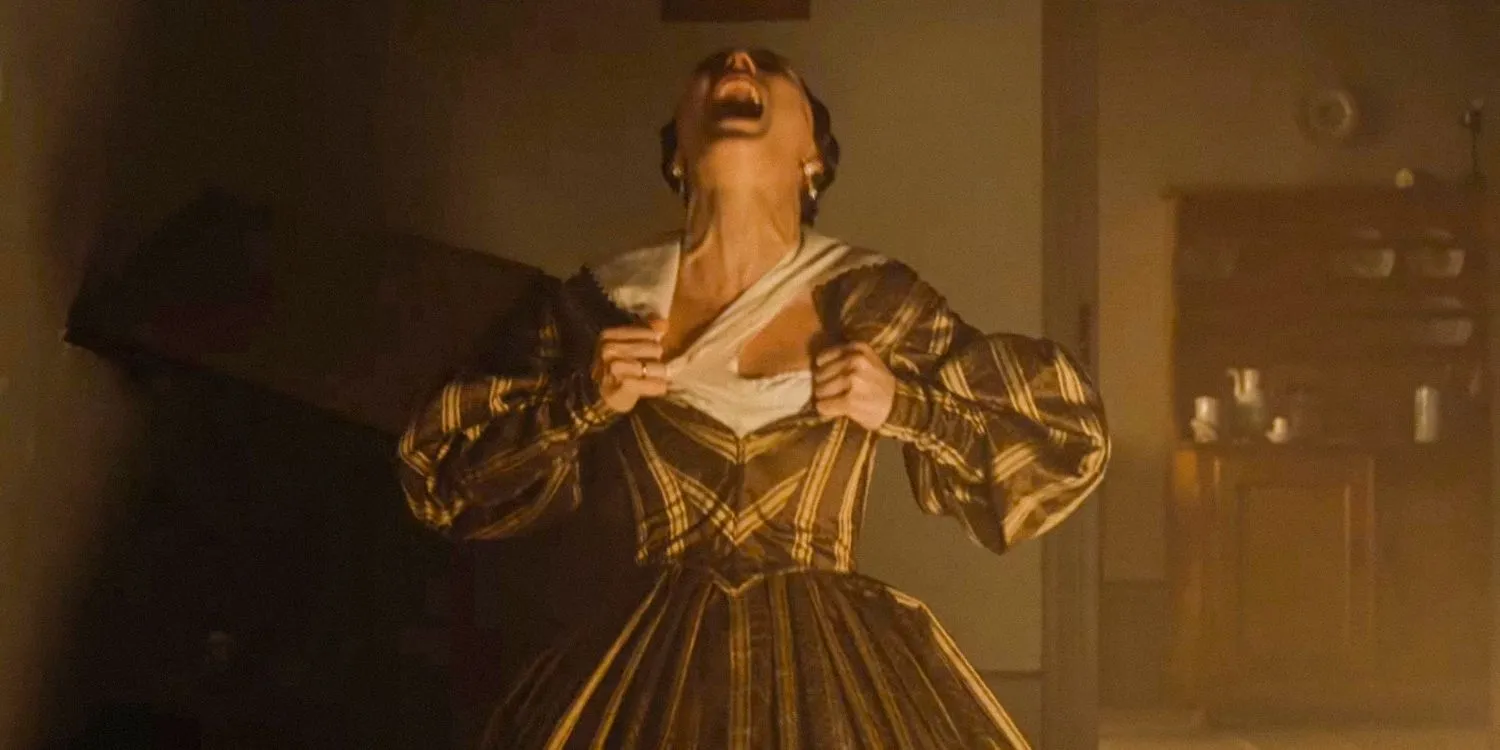
In the new adaptation, Knock, portrayed by Simon McBurney, serves as the estate agent for Thomas (Nicholas Hoult). Unbeknownst to Thomas, Knock has orchestrated his journey to Count Orlok’s (Bill Skarsgård) castle in the Carpathians as part of a sinister plan. Throughout the film, viewers witness his mental and physical decline, marked by his obsessive repetition of the word “providence” —a term that grows increasingly ironic as his descent into madness intensifies after his confinement by Dr. Sievers (Ralph Ineson).
The Origins of “The Blood Is The Life”in Bram Stoker’s Dracula
A Faithful Adaptation of the Source Material
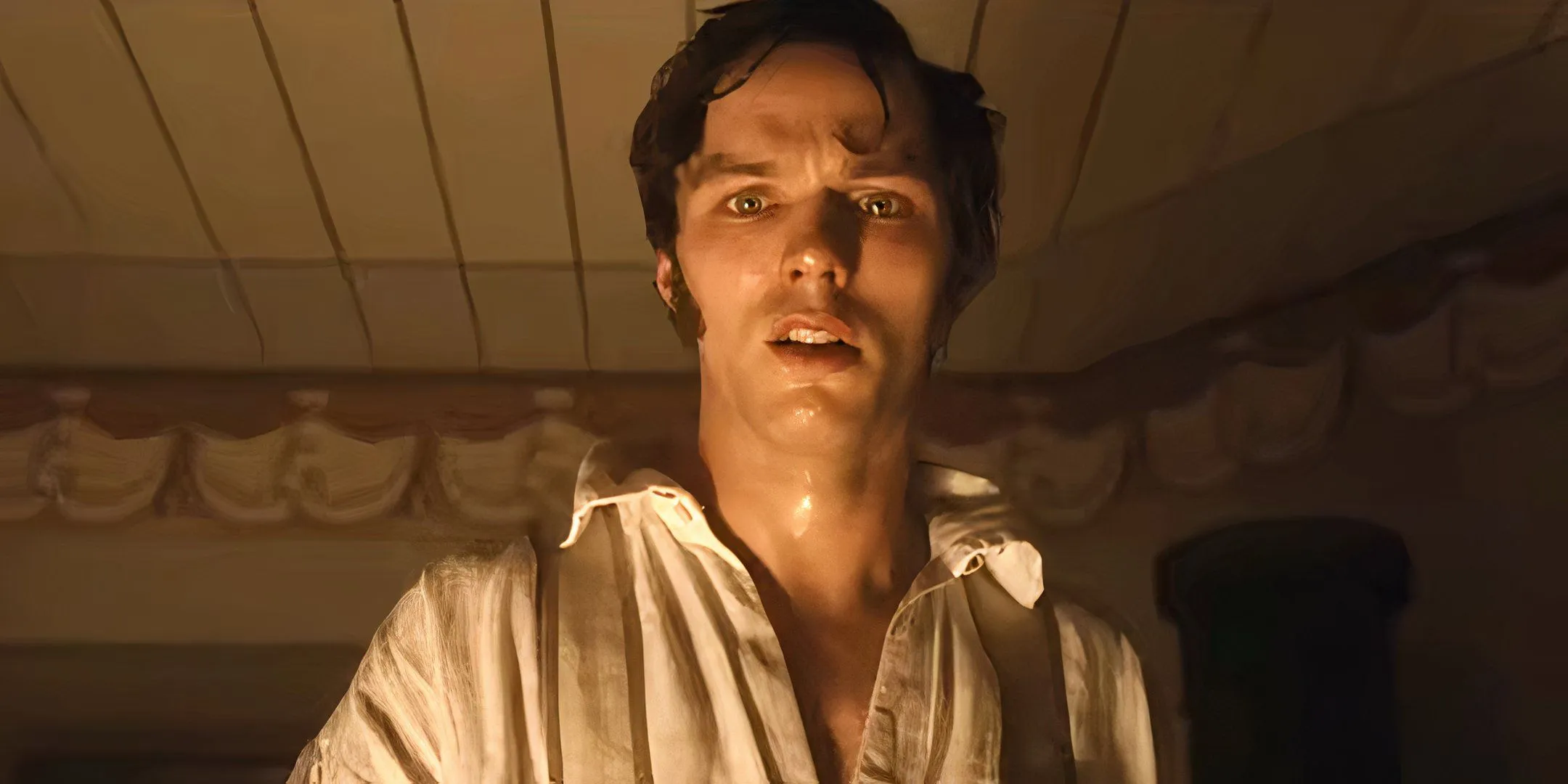
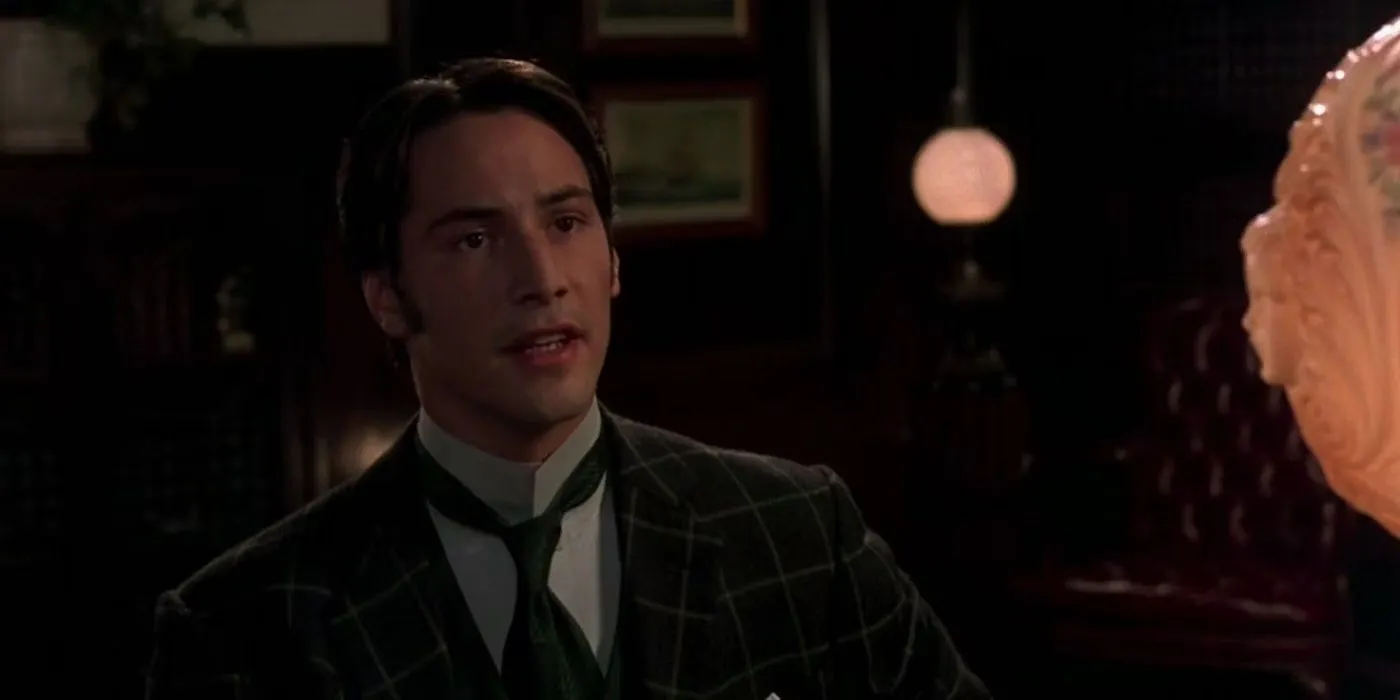


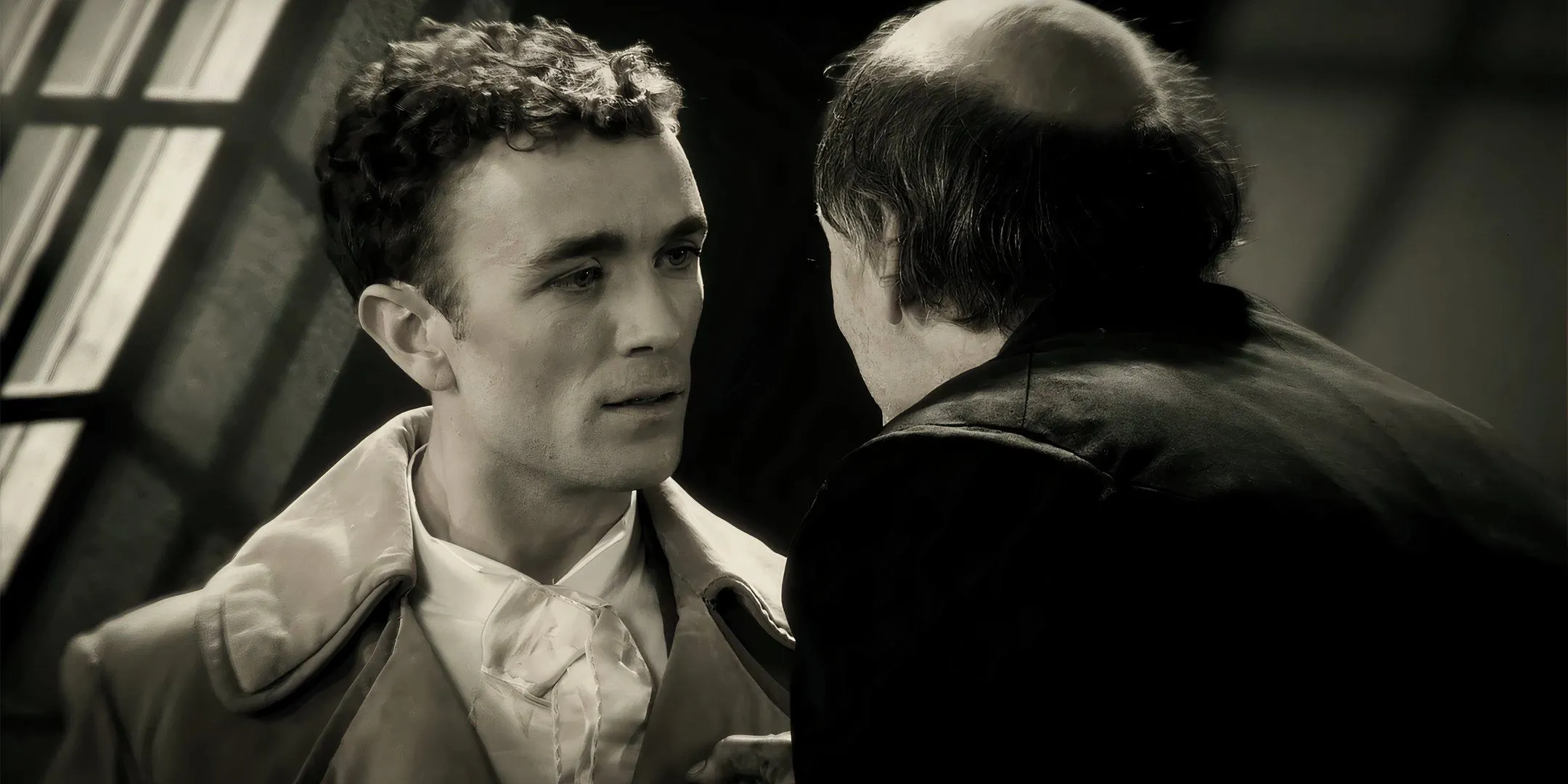
Eggers’ Nosferatu, while drawing inspiration from Stoker’s Dracula, takes creative liberties with character names and introduces an additional plague-related subplot. Knock becomes a parallel to Renfield, who, unlike his cinematic counterpart, is depicted as a real estate representative. The original novel portrays Renfield as an inmate in an asylum where Dr. Seward treats patients. This setting strategically underscores themes of manipulation and vulnerability, revealing how anyone can fall prey to a vampire’s influence.
The phrase in question appears in Dr. Seward’s diary in Stoker’s narrative.
In stark contrast to many adaptations of Dracula, Renfield’s character does not loudly proclaim the iconic quote, instead, it appears within Seward’s writings, which are assembled into a cohesive story by Mina. Dr. Seward observes:
“He was lying on his belly on the floor licking up, like a dog, the blood which had fallen from my wounded wrist. He was easily secured, and, to my surprise, went with the attendants quite placidly, simply repeating over and over again: \The blood is the life! The blood is the life!’”
This haunting repetition serves to showcase Renfield’s obsessive mental state. In contrast, Knock’s portrayal allows viewers to witness the potential fate of Thomas, mirroring the journey of Jonathan Harker. Additionally, the choice to establish Knock as a former estate agent resonates with other adaptations, including Universal’s 1931 classic featuring Bela Lugosi, illustrating how the evolution of character arcs warrants recognition for the horror genre’s contributions to cinema.
Blood Transfusion Context in Dracula
Setting Differences: Late 19th Century vs. 1830s
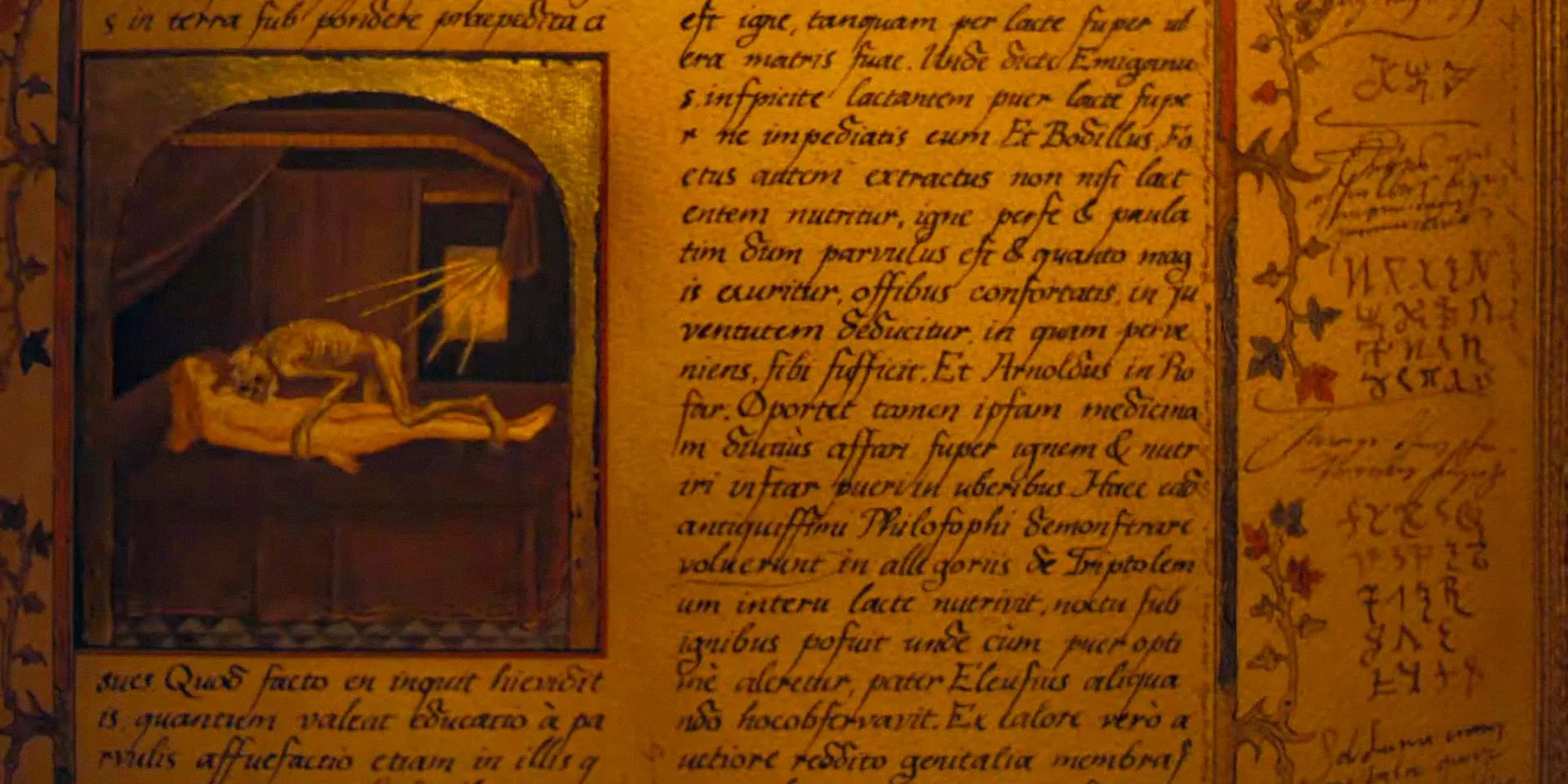
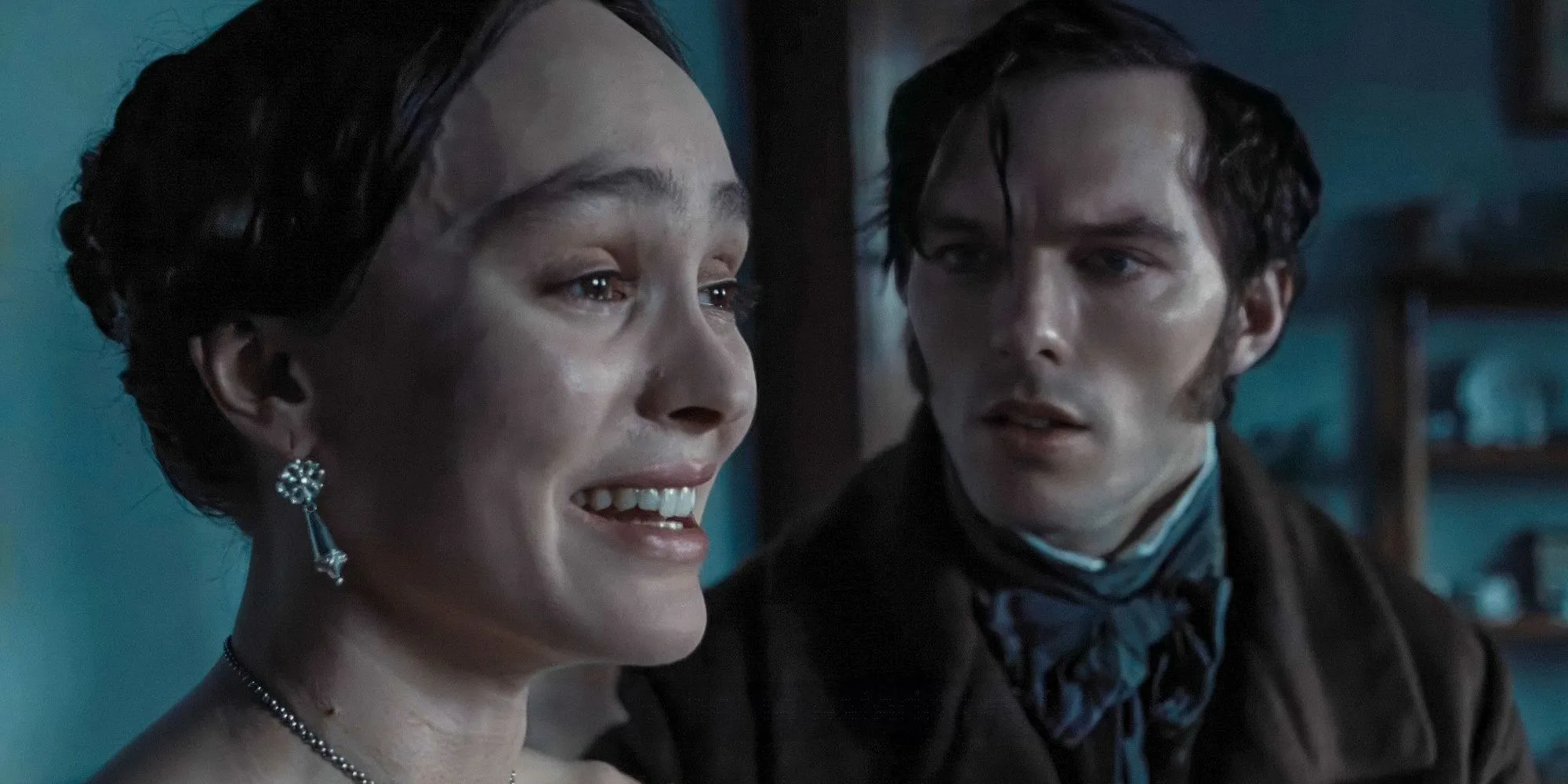
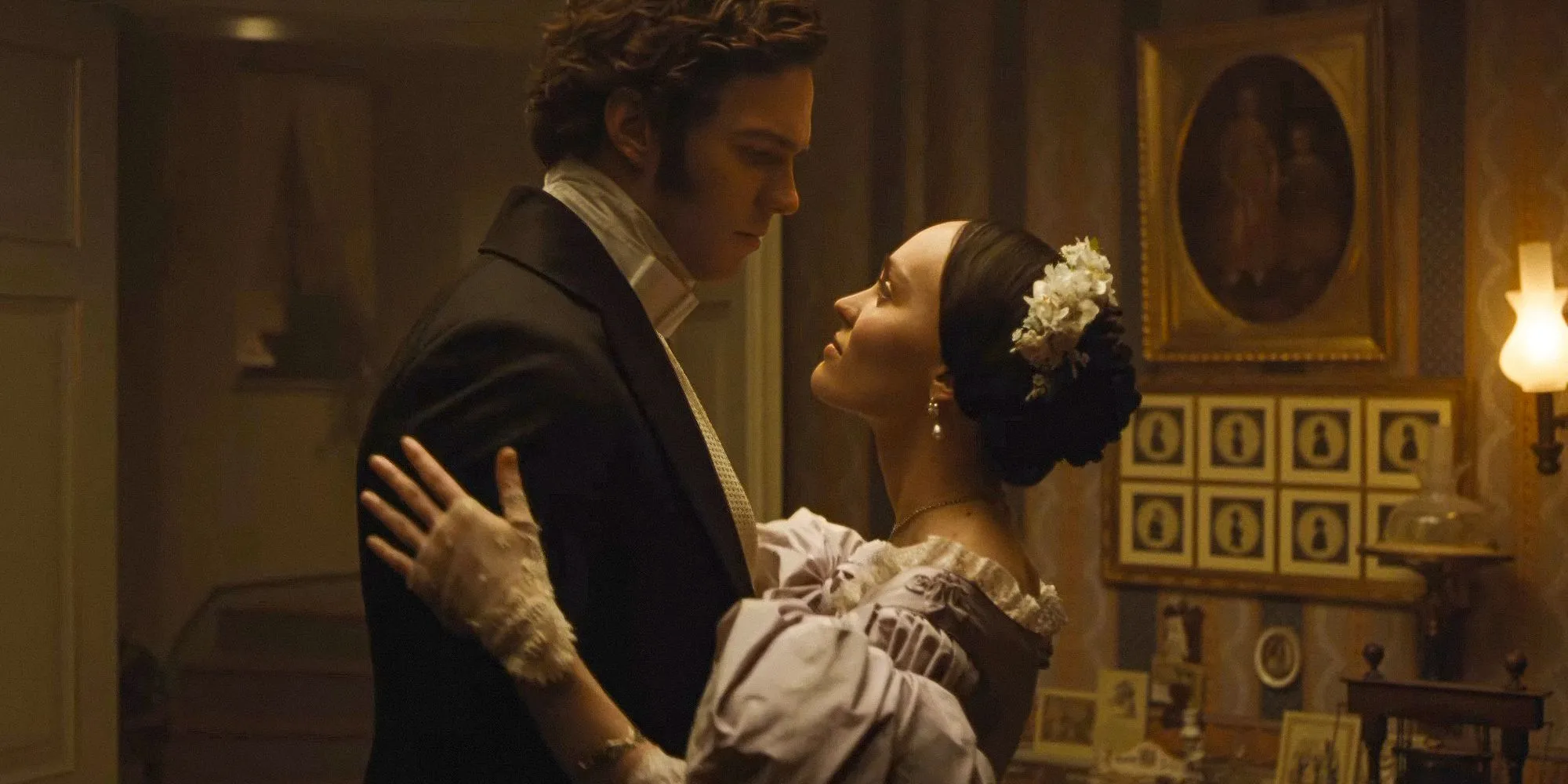
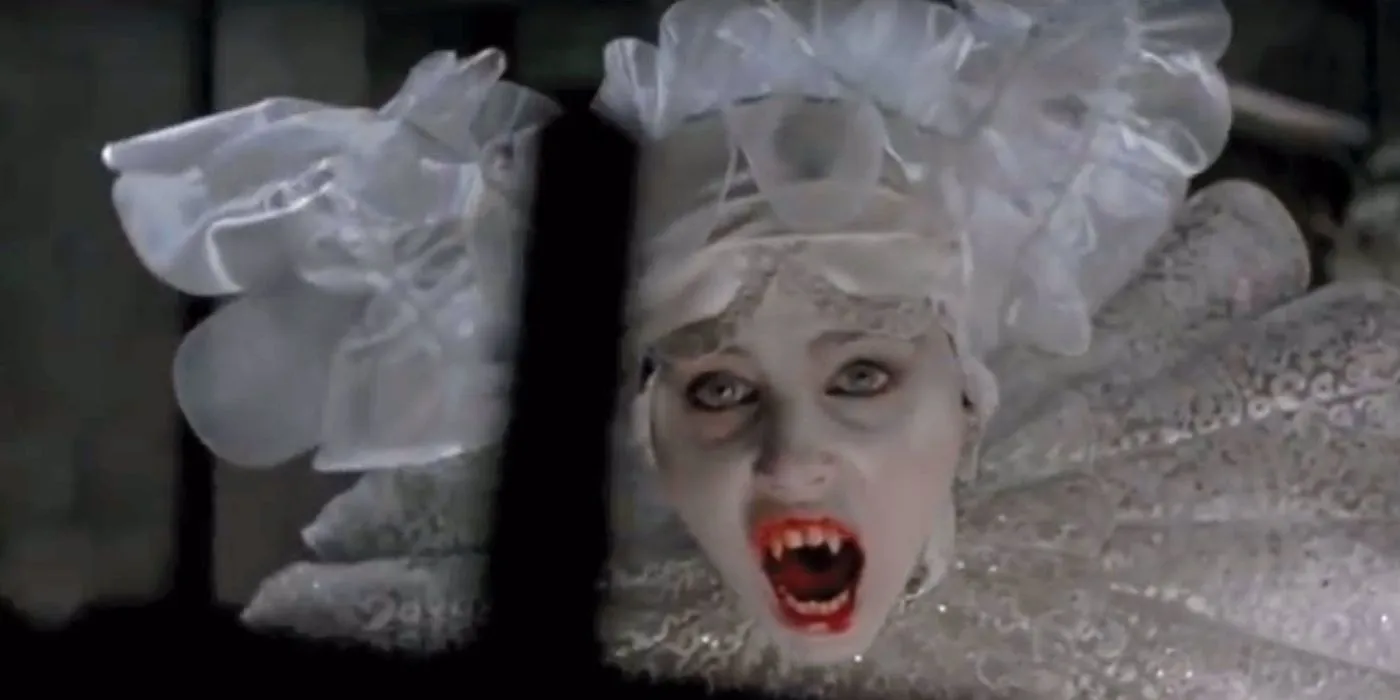
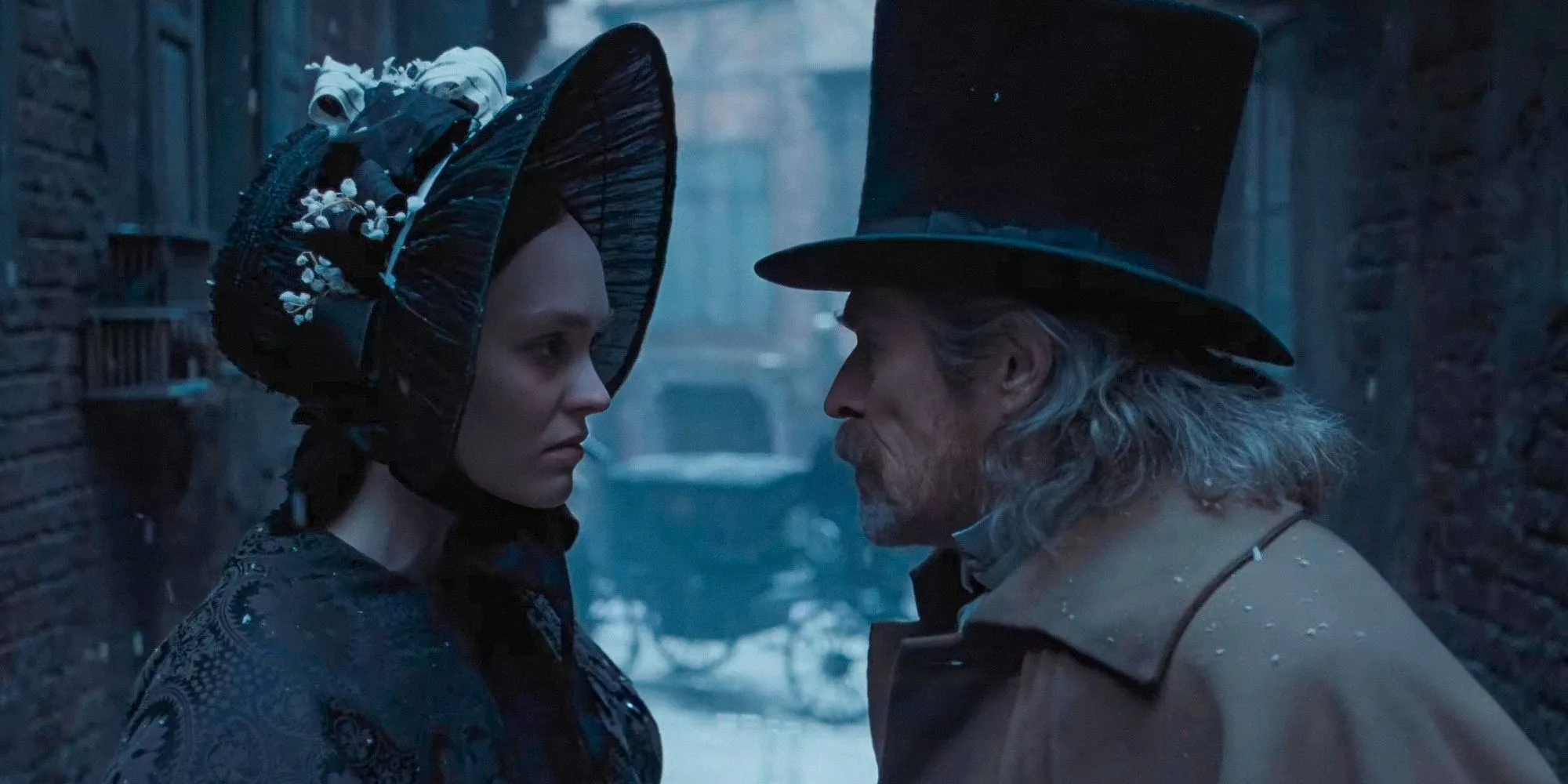
The phrase “The blood is the life”also connects to the Victorian medical history surrounding blood transfusions. During the era of Dracula‘s publication (1897), transfusions were still an emerging and perilous practice. Unlike Nosferatu, which is set in the 1830s, Eggers’ film remains true to this historical context. Although blood transfusions were revived in the mid-19th century, they only became mainstream much later due to risks and discoveries surrounding blood types, which were not classified until 1900.
In Stoker’s tale, Dr. Seward notes the grave necessity of a transfusion for Lucy: “Young miss is bad, very bad. She wants blood, and blood she must have or die.”This urgency is echoed through multiple male characters donating blood, yet Arthur’s blood is highlighted for its unique significance, akin to a marital bond: “Said he not that the transfusion of his blood to her veins had made her truly his bride?”Here, the act of blood mixing suggests sexual union, surpassing the siring process of vampirism—a central theme in both the novel and its adaptations.
Despite the absence of the blood transfusion theme in Eggers’ portrayal, it vividly presents the importance and symbolism of blood in Nosferatu.
Inheritance Themes Explored in Dracula
Exploring the Gothic Trope of Monstrous Inheritance
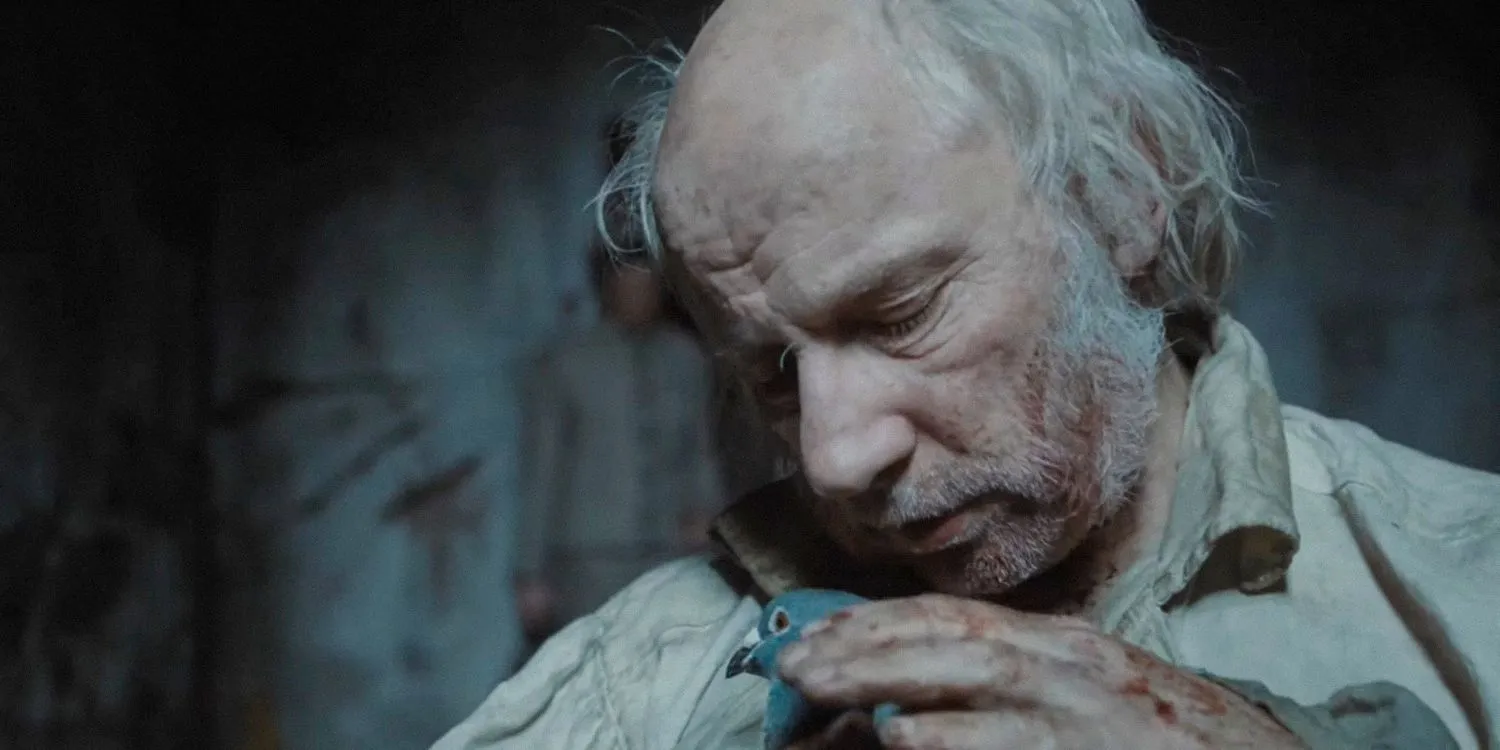
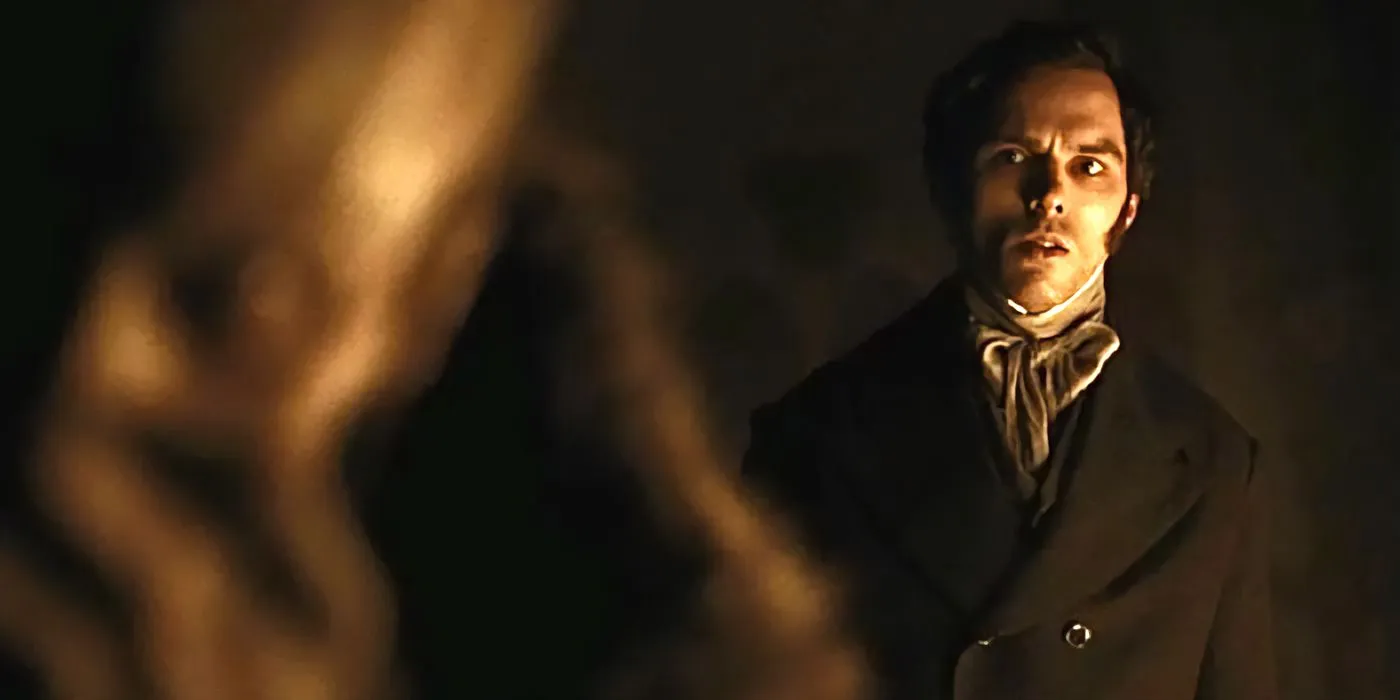
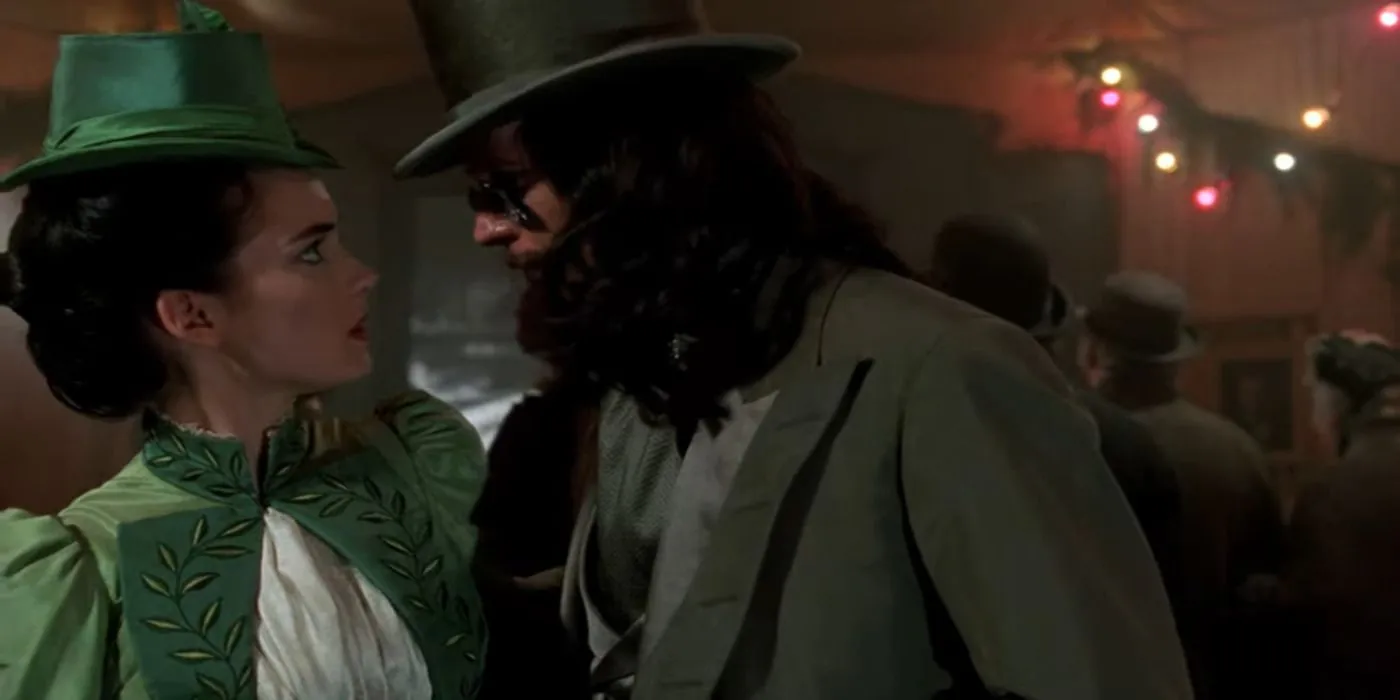
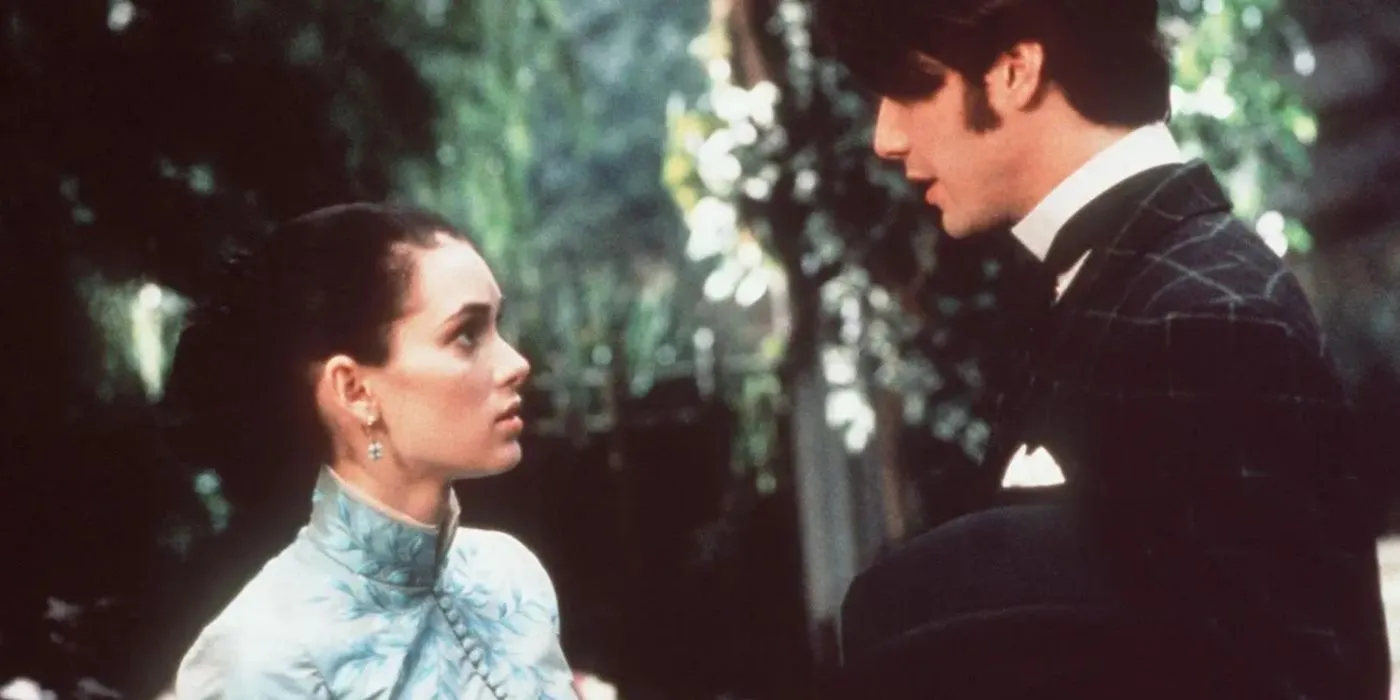
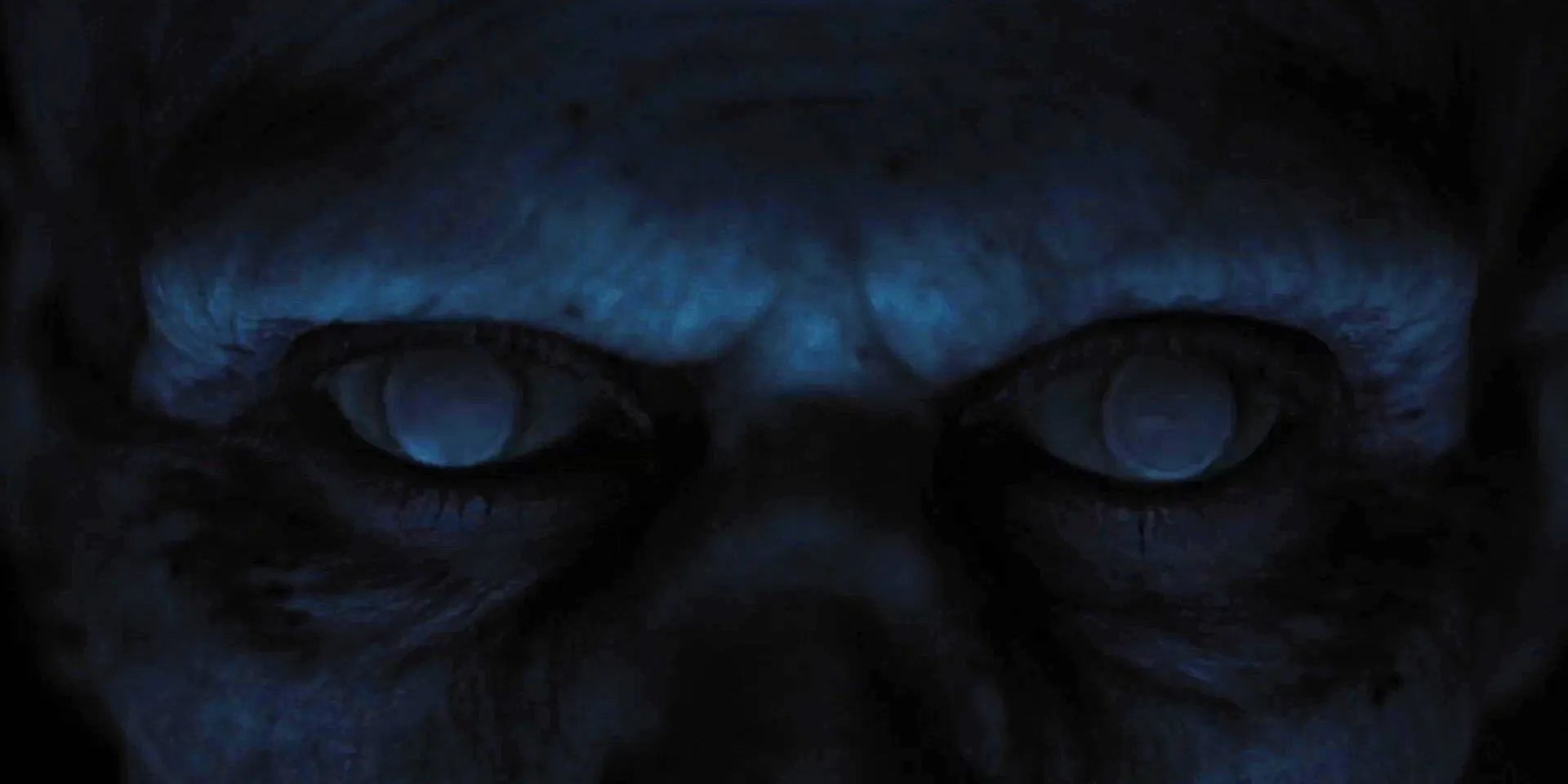
The quote “The blood is the life”encompassed in Stoker’s text reflects a fixation on monstrous inheritance, a prevalent theme woven into the fabric of Dracula. Stoker employs blood to symbolize both social and biological lineage, a notion that vampirism grotesquely distorts. The novel eerily illustrates how such inheritances can be both beneficial and harmful, probing the complex interplay between inherited traits, particularly those associated with female sexuality and gender, through a lens reminiscent of Darwinism.
Count Orlok embodies the dangers that lie beneath the veneer of civilization, serving as a reminder of past fears manifesting in modern life—an essential theme within gothic literature.
Remarkably, both Eggers’ remake and the 1922 original situate their narratives in the 1830s, pre-dating Darwin’s influential theories. This strategic choice seeks to sidestep the troubling racist implications found in later Victorian discourse on atavism. Yet, Orlok remains a figure of regression, epitomizing society’s latent fears while being rejected by characters who cling to ‘civilized’ notions devoid of alchemical or ‘heathen’ beliefs. He serves as a reminder that the treacherous undercurrents of the past still haunt contemporary existence—an enduring hallmark of the gothic genre.
The Inversion of Scriptural Meaning in Nosferatu
Vampirism: A Profane Reflection of Sacred Communion
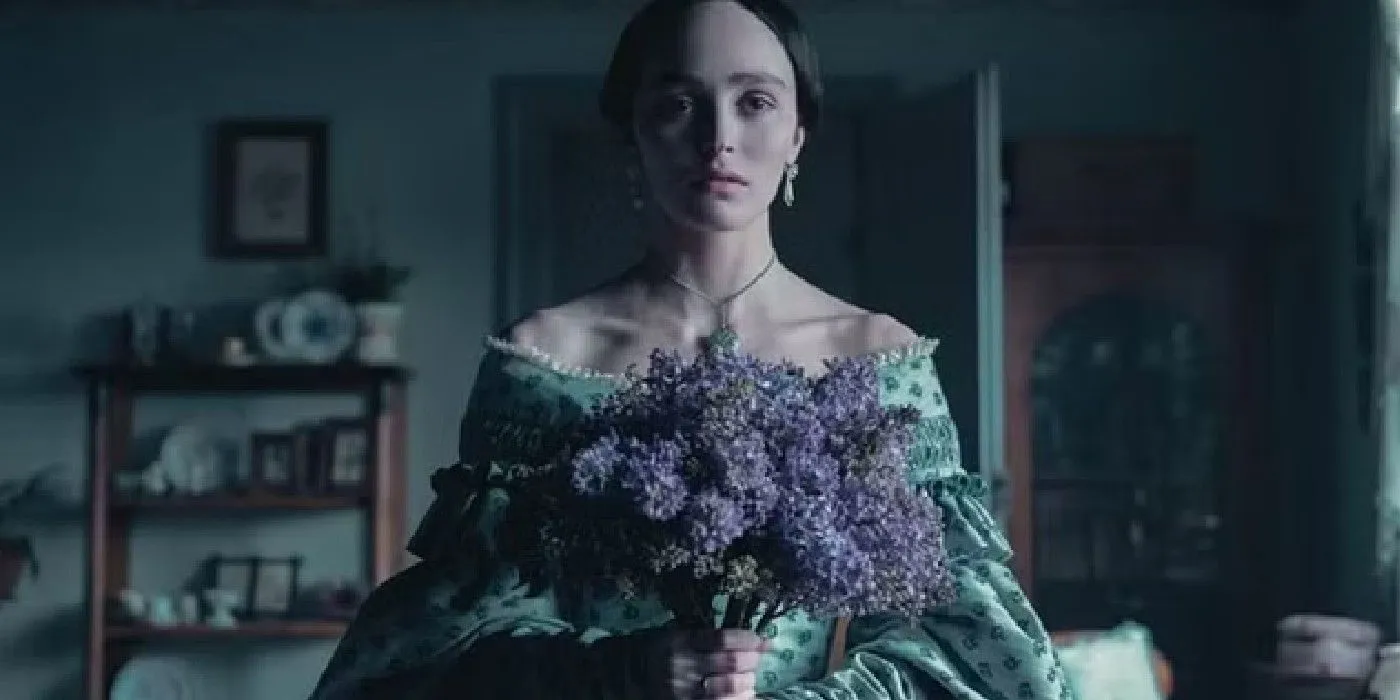

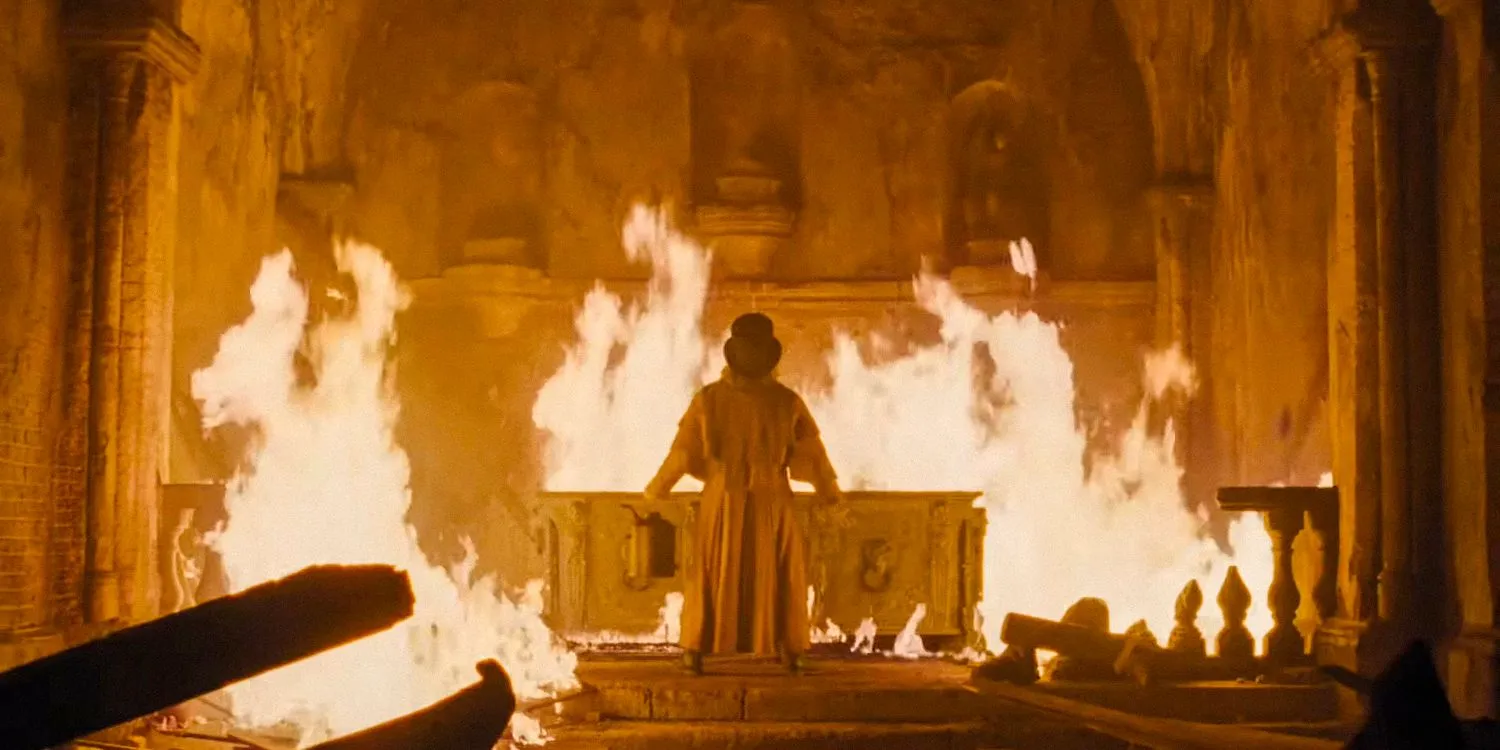
Ultimately, Knock’s chilling declaration, “The blood is the life,”serves as a profound inversion of Christian sacrificial theology. In Christianity, the shedding of Christ’s blood represents the pinnacle of love and redemption, a gift of salvation for mankind. In contrast, Nosferatu distorts this holy concept, twisting the act of blood consumption into a selfish quest for eternal life, leading to the ruin of both predator and prey. Notably, Nosferatu manipulates Ellen’s (Lily-Rose Depp) psyche during her spiritual turmoil, replying ominously to her plea for guardians: “You.”
Watch on YouTube
Watch on YouTube
Eggers further emphasizes this inversion through Nosferatu’s grotesque makeup, meticulously applied by a dedicated team of artists. Rather than a fallen angel, Orlok embodies an omnipresent evil, driven by a ravenous thirst for blood that symbolizes a perverse craving devoid of sanctity. This transformation of life-giving blood into a source of decay underpins the haunting legacy of Nosferatu as a cinematic horror icon. Ellen’s self-sacrificial act further complicates the religious theme, empowering her in stark contrast to the original Dracula narrative.
Source: Britannica




Leave a Reply